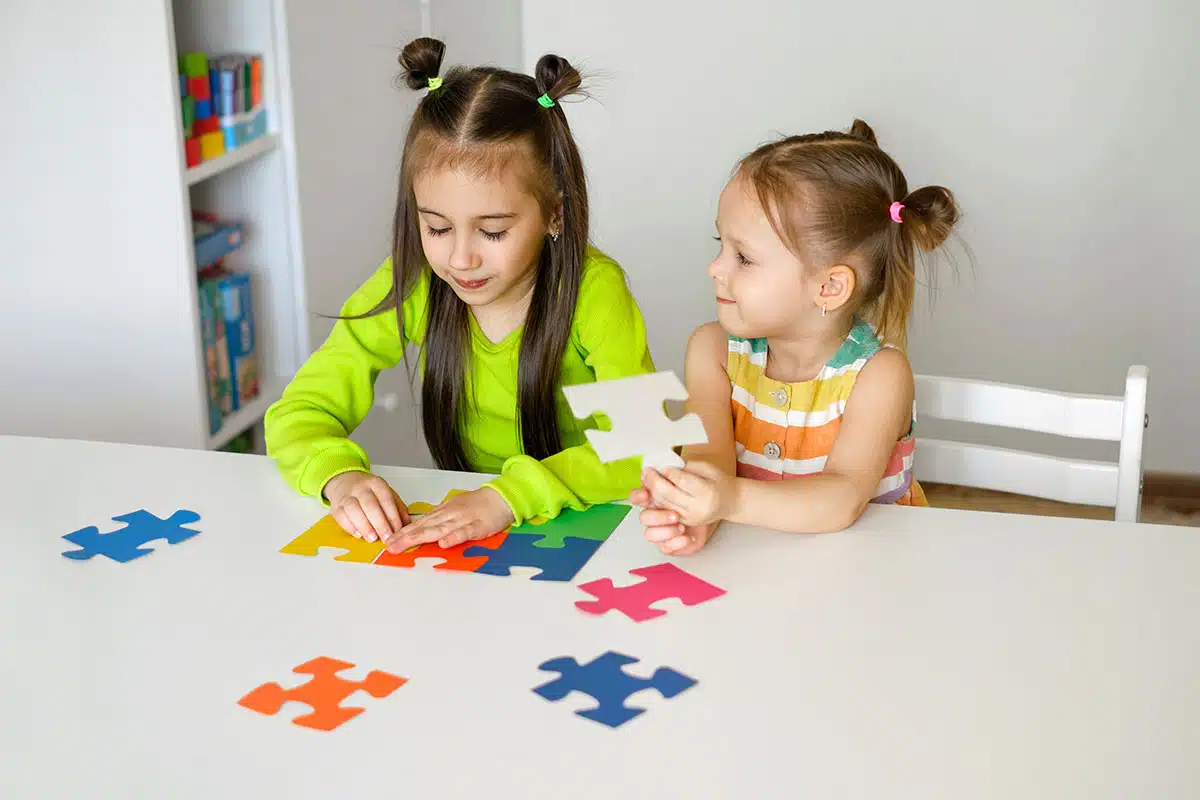
Managing Screen Time: Balancing Technology and Mental Health for Kids
Balance screen time and mental health for kids with practical tips to set boundaries, foster good habits and reduce digital overstimulation.

As awareness of Autism Spectrum Disorder (ASD) grows, so does our understanding of the diverse needs of students on the spectrum. Schools can be overwhelming environments for young learners, especially those with ASD, who may experience challenges in communication, social interaction and sensory processing. However, with the right support, students on the autism spectrum can thrive in academic settings. This blog explores effective ways to support these students, empowering both parents and educators to create an inclusive and supportive environment.
Each child on the autism spectrum is unique, and what works for one may not work for another. It is essential to understand each student’s strengths, triggers and areas of need. Open communication between parents and teachers is crucial in creating personalized learning strategies. Tools like Individualized Education Plans (IEPs) help tailor support to the specific requirements of each child, ensuring they have a roadmap to success.
Consistency and routine are important for students with ASD. Predictability can reduce anxiety and make transitions smoother. Classrooms can be organized in a way that provides clear structure, with visual schedules, designated areas for specific activities and consistent classroom rules. Parents can work on reinforcing these routines at home, allowing the student to feel more secure in their daily life.
Many students on the spectrum are visual learners, which makes visual aids incredibly helpful in their learning journey. Pictures, charts and visual schedules can support instruction and help students better understand expectations. For example, a visual schedule showing the day’s activities can help reduce anxiety about what comes next.
Many students with autism have heightened sensory sensitivities, making everyday stimuli overwhelming. Classrooms can be adapted to meet sensory needs by providing quiet spaces, using noise-canceling headphones or allowing sensory breaks. Schools should be flexible in offering these accommodations so that students can manage their sensory overload in ways that do not interfere with their learning.
While social interaction can be challenging for many students with ASD, it is important to create opportunities for positive social engagement. Educators can promote peer interactions through structured group activities and cooperative learning strategies. Meanwhile, social skills programs can help students navigate everyday social situations in a way that feels manageable and empowering.
Whether a child is verbal or nonverbal, communication is key to understanding their needs. Augmentative and alternative communication (AAC) devices, visual communication cards and assistive technology can empower students who struggle with verbal communication to express their thoughts and emotions. Creating an environment where every method of communication is accepted and encouraged is critical to ensuring students feel heard.
Many students with ASD experience heightened levels of anxiety, which can impact their ability to learn. Teaching self-regulation techniques, such as deep breathing or using calming sensory items, can help students manage their emotions. Additionally, encouraging emotional expression through journaling, art, or storytelling can give students an outlet for their feelings.
A student’s success often hinges on strong collaboration between parents and educators. Regular communication through parent-teacher meetings, emails or even daily progress notes ensures that everyone is on the same page. Parents can share insights from home that may help teachers support the child’s learning, while educators can provide strategies to reinforce learning and development outside the classroom.
Every child has strengths, and students on the autism spectrum are no different. Encouraging students to pursue their interests can lead to greater engagement and success. Whether it is in art, technology, science or another area, helping children discover and develop their strengths fosters confidence and a love for learning.
Every child has strengths, and students on the autism spectrum are no different. Encouraging students to pursue their interests can lead to greater engagement and success. Whether it is in art, technology, science or another area, helping children discover and develop their strengths fosters confidence and a love for learning.

Balance screen time and mental health for kids with practical tips to set boundaries, foster good habits and reduce digital overstimulation.

Practicing gratitude can boost your child’s well-being. Learn simple tips to foster gratitude and create happier, healthier habits.